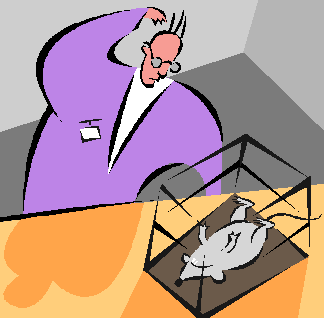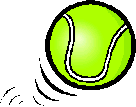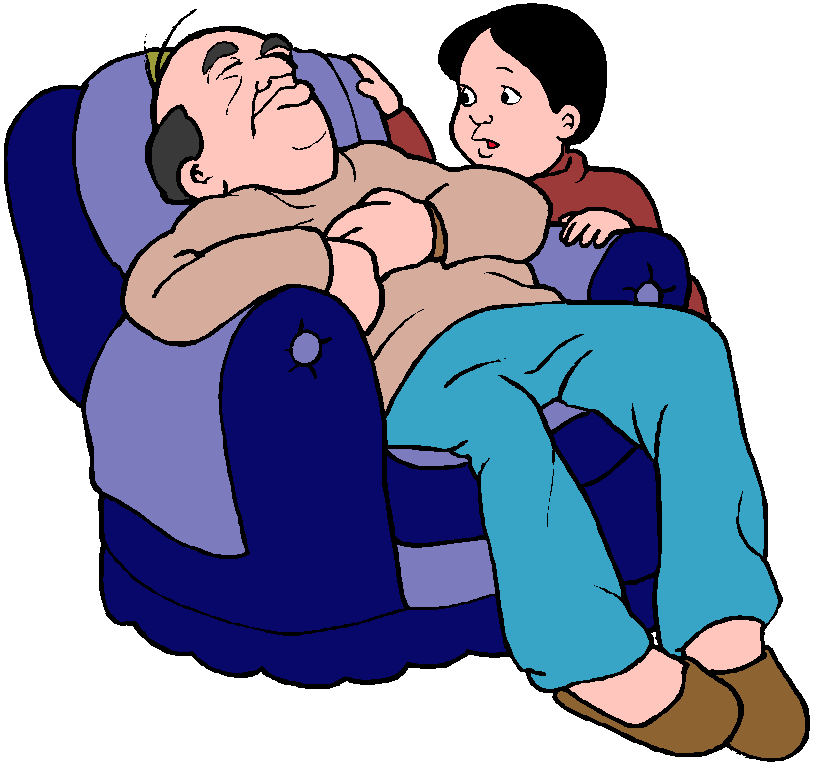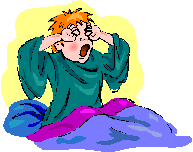 |
Student Area: Experiments to Try at HomeSleep Experiments |
|
|
|
|
|
These simple experiments are fun to try at home. Any
time you are studying and changing your own sleep, it is a good idea to do
it on a week-end, vacation, or other time when it is not important to be
well-rested. And if you do lose any sleep, be extra-careful the next day!
1. Tossing and Turning? Do you stay in one position for most of the night, or do you toss and turn a lot? One easy way to find out: do not tuck your covers in at the bottom of the bed. Either sleep with covers that have a definite "top edge" or else mark the top edge (the one that is nearest your pillow). Make sure it is a temporary kind of mark, like maybe a piece of masking tape. In the morning, is the top edge of your covers is still at the top? Are the covers smooth or jumbled? Did your body stay in the right direction in bed? |
|
For more fun sleep & dream experiments, check out the Neuroscience for Kids web site.
Click the following link to go to another web site to learn more about
|
2. Balancing on the edge of sleep Just before you fall asleep, you go into a special state of mind that scientists call hypnogogia ("HIP-nah-GO-gee-ah"). Back in the late 1800’s, scholars were very interested in this state, which is right on the borderline of sleep. The Marquis d’Hervey and Dr. Alfred Maury both studied hypnogogia by paying attention to their own experiences as they drifted off to sleep. They described swirling, changing patterns of light, and sometimes, dream-like hallucinations! Unfortunately, most people aren’t able to focus their attention on hypnogogic experiences, because they simply fall asleep too fast. If you want to see what happens on the edge of sleep, choose a time when it’s okay to lose a little sleep – like maybe on a weekend. The best time would be when your body is very tired, but your mind feels fairly alert. Get into bed as usual, but make sure you are on your back. Get very comfortable. Now lift one hand and forearm off the bed, bending at the elbow and leaving the elbow and upper arm on the bed. If you do it right, you can easily keep your arm propped up that way for a long time. Go ahead and try to let your body fall asleep, while keeping your mind focused on what you are experiencing. Just as you fall asleep, your arm will start to fall. Then, if the experiment works right, you will wake up enough to pull it back into balance. For some people, this little trick lets them prolong hypnogogia, and stay alert enough to remember the experience. (It doesn’t work for everyone, however.) If you do succeed, you might want to make colorful pictures of your hypnogogic images. D’Hervey did this back in the 1800’s.
|

|
3. On the ball What position is your favorite one for sleeping? There really isn’t a "best" sleeping position (except for newborn babies, who should be put to sleep on their backs to avoid accidental suffocation.) Doctors advise some adults (mainly ones who have back problems or night time breathing problems) not to sleep on their backs. How can they avoid it, if they are asleep? One way is to put a ball – such as a tennis ball – into a sock and pin it to their pajama top, right between the shoulder blades. For fun, you might try pinning a sock-ball on your own pajamas, to see if it really works. (If you don’t sleep on your back very much, you’ll want to pin it somewhere else. The idea is to put it wherever it will prevent you from sleeping in one of your usual positions.) You need to wear pajamas that fit fairly snug, and do it on a night you don’t mind losing a little sleep… Afterwards, evaluate how it worked. Did it make it harder to sleep? Do you think it affected your dreams? Find out how parents keep small babies from turning over at night. |

The Sleep Quest Home Page includes a recording of snoring sounds made by someone with sleep apnea. |
4. Snore patrol Do you know anyone who snores? If you have a tape recorder, it might be interesting to record the snoring sounds. (Get their permission first, of course!) Is the snoring very regular? Or are there pauses, snorts, gasps, etc.? (That could indicate sleep apnea!) If you can, compare the snoring sounds of different people. How are they alike? How are they different? 5. Talking in Your Sleep? For this, you will need a tape recorder and an alarm clock, both placed at your bedside. Ahead of time, memorize a rhyme or tongue twister, such as the old favorite: "How much wood would a woodchuck chuck, if a woodchuck could chuck wood? He would chuck as much wood as a woodchuck could chuck, if a woodchuck could chuck wood." OR "Peter Piper picked a peck of pickled peppers. But if Peter Piper picked a peck of pickled peppers, where’s the peck of pickled peppers Peter Piper picked?" Now, set the alarm to go off about 45 minutes after you expect to fall asleep. When it rings, turn it off, turn the tape recorder on, and then recite the rhyme or tongue twister you’ve memorized. (Try to avoid turning the lights on. You may want a night light nearby so you can see what you are doing.) When you’re done, turn the tape recorder off. Reset your alarm to go off about 45 minutes earlier than you usually wake up in the morning. Roll over and go back to sleep until it rings again. When it goes off, repeat the rhyme or tongue twister into the tape recorder again. Then you can go back to sleep until it’s time to get up for good. Compare the two recordings in the morning. Which one sounds groggier? Was it harder to wake up the first time, or the second? Chances are, the first time you woke up, it was out of a very deep kind of sleep called Slow Wave Sleep (SWS) . In SWS your brain waves are very big and slow. It is very hard to wake up from SWS... you may have even slept through your alarm! Even if you were able to wake up, it was probably hard to say the rhyme because of something that sleep researchers call sleep inertia. When we awaken from SWS, it is difficult to get our brains and our minds working right. Sometimes, people may wake up from SWS to answer the telephone, talk to someone for a few minutes, and yet later do not remember doing it at all. Do you have a clear memory of your first awakening? Were you even alert enough to re-set the alarm? The second time you woke up, there is a good chance that you were waking up from Rapid Eye Movement (REM) sleep. During REM sleep, your brainwaves are smaller and faster, more like your awake brain waves. So it should have been easier to remember the rhyme and to say it clearly. There is also a higher chance that you will remember a dream when you wake up from REM sleep. Did you? |

Click the Neuroscience for Kids link to learn more about why people yawn. Click the link to read an ABC news story about yawning. |
6. Yawn Fest! Yawning is contagious. When people see someone else yawning, it makes them want to yawn, too. (Actually, just reading about yawning can make you want to yawn. Are you yawning yet?) When you really want to make some mischief, try this psychological experiment: in a large, quiet group of people, just start faking long, loud yawns. (Don't overdo it, though; try to make it look as real as possible.) Then sit back and count how many people yawn in response to your yawns. Note: Please don't do this at school (or else tell your teacher what you want to do and get permission for it beforehand.)
|